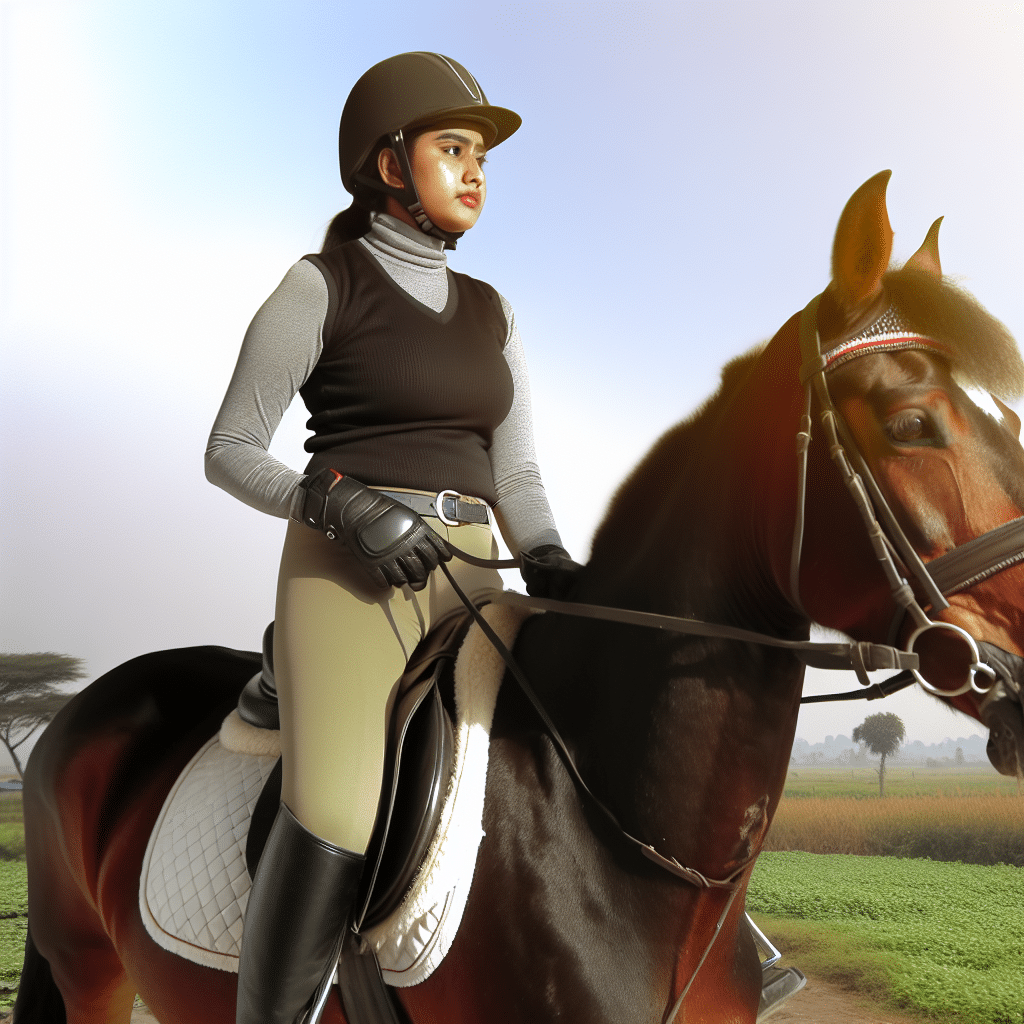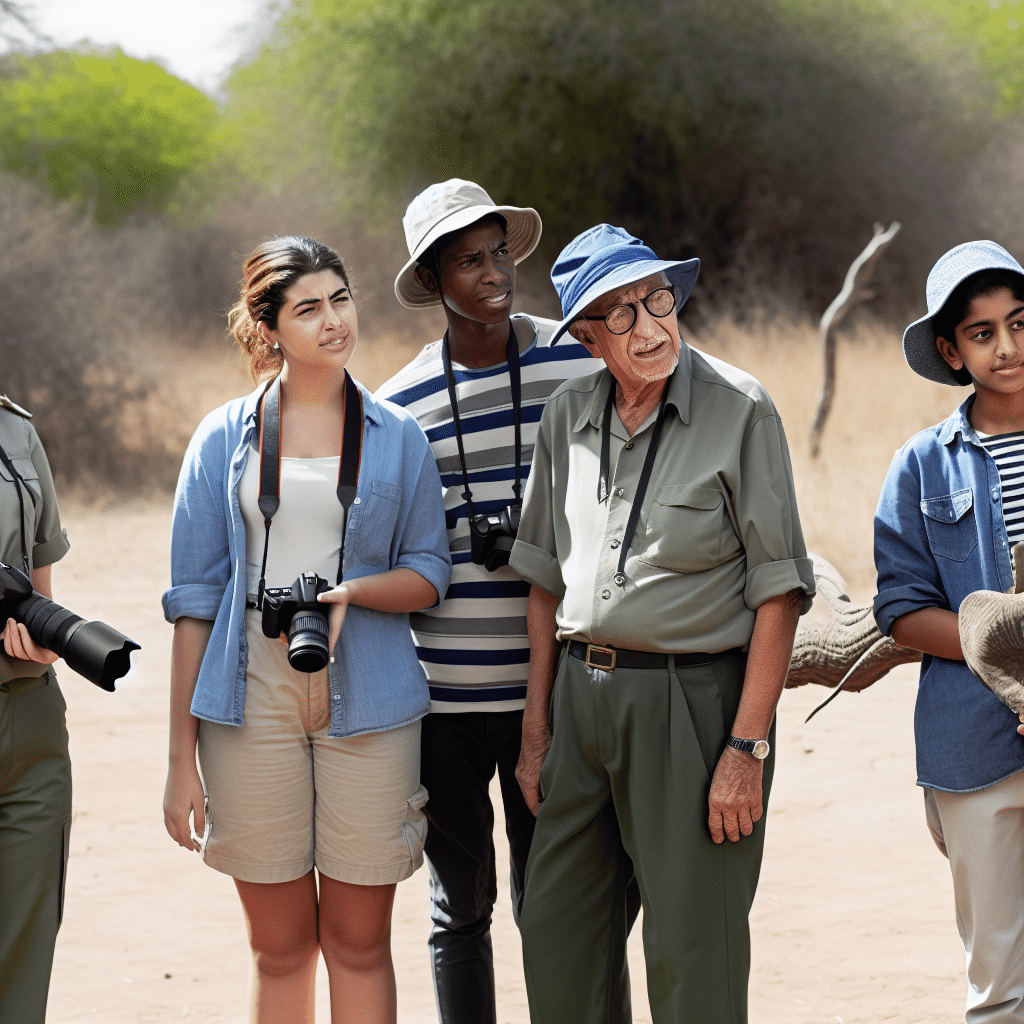Horseback riding is a thrilling and rewarding activity, whether you’re a beginner or an experienced equestrian. However, what you wear can make a significant difference in comfort, safety, and overall experience. In this comprehensive guide, we will explore essential apparel and accessories to ensure you’re appropriately attired for your riding adventures.
Why is Proper Riding Attire Important?
First, let’s address why what you wear horseback riding is crucial. Appropriate clothing can enhance your riding experience in several ways:
Safety
Protective gear can prevent injuries in case of falls or accidents. For instance, helmets and boots with proper heels are essential for minimizing the risk of head injuries and ensuring your feet do not slide through the stirrups.
Comfort
Riding can be physically demanding, and the right clothing can prevent discomfort. Apparel designed specifically for riding will allow you to move freely and maintain a proper posture.
Performance
Proper attire can improve your riding technique. Clothing that fits well and provides the right amount of stretch can enhance your ability to give cues and stay balanced.
Head to Toe: What to Wear Horseback Riding
Let’s dive into the specifics of what you should wear horseback riding, from head to toe.
Helmets: Safety First!
– **Importance:** A riding helmet is perhaps the most crucial piece of safety equipment. It protects your head from injuries in case of a fall.
– **Features:** Look for helmets that meet safety standards such as ASTM/SEI certification. Ensure a snug fit that stays in place without being too tight.
– **Maintenance:** Regularly check for any damage or wear and replace the helmet if it takes a significant impact.
Riding Tops: Comfort and Flexibility
– **Materials:** Opt for moisture-wicking fabrics that keep you dry and comfortable. Breathable materials like cotton blends are excellent choices.
– **Fit:** Choose tops that are neither too baggy nor too tight. You need freedom of movement without excess fabric getting in your way.
– **Types:** Depending on the weather, you can choose from short sleeves, long sleeves, or layering options. In colder climates, a thermal base layer is a good idea.
Jackets and Outerwear: Weather-Dependent Choices
– **Waterproof Jackets:** For rainy days, a waterproof and breathable jacket can keep you dry and comfortable.
– **Vests:** On cooler days, a vest can keep your core warm while allowing freedom of movement in your arms.
– **Insulated Jackets:** In cold weather, insulated jackets designed for equestrian use provide warmth without bulk.
Riding Pants: Function Over Fashion
– **Breeches and Jodhpurs:** These are specifically designed for riding and provide comfort, stretch, and durability. Breeches are usually worn with tall boots, while jodhpurs are paired with paddock boots.
– **Jeans:** If you prefer jeans, choose those with minimal inside seams to prevent chafing. Stretch jeans designed for riding can offer better comfort.
– **Tights:** Riding tights can be a comfortable option for everyday riding. They are often made from stretchy materials and provide great flexibility.
Footwear: Keep Your Feet Safe
– **Riding Boots:** Proper riding boots are crucial for safety and comfort. They should have a small heel to prevent your foot from slipping through the stirrup.
– **Tall Boots:** These provide excellent support and protection and are often used in English riding.
– **Paddock Boots:** Shorter boots that are versatile and commonly used in both English and Western riding.
– **Half Chaps:** These can be worn with paddock boots to provide extra grip and protection to your lower legs.
Gloves: Grip and Protection
– **Importance:** Riding gloves can protect your hands from blisters and provide a better grip on the reins.
– **Materials:** Look for gloves made from breathable, durable materials. Leather and synthetic options are available, each with its benefits.
– **Fit:** Ensure a snug fit that doesn’t restrict movement or circulation.
Additional Accessories: The Little Things Matter
– **Socks:** Opt for long, moisture-wicking socks that provide cushioning and prevent blisters.
– **Sunglasses:** Protect your eyes from the sun and wind. Choose sunglasses that fit comfortably under your helmet.
– **Hair Accessories:** Use hairnets, bands, or ties to keep your hair secured and out of your face.
Seasonal Considerations: Adapting to the Elements
Summer Riding
– **Lightweight Clothing:** Choose breathable, moisture-wicking fabrics to stay cool.
– **Sun Protection:** Use sunscreen, wear a hat with a brim when not riding, and consider light, long-sleeved shirts for sun protection.
Winter Riding
– **Layering:** Start with a thermal base layer, add a mid-layer for insulation, and finish with a waterproof outer layer.
– **Warm Accessories:** Use insulated gloves, thick socks, and neck warmers to keep warm.
Conclusion: Dress Right, Ride Safe, and Enjoy
Understanding what to wear horseback riding can significantly impact your experience. From helmets to boots, every piece of attire plays a role in ensuring safety, comfort, and performance. Whether you’re tackling a challenging trail or enjoying a leisurely ride, being properly dressed will keep you focused on what truly matters—enjoying the magnificent bond between rider and horse. So, gear up right and ride confidently!




